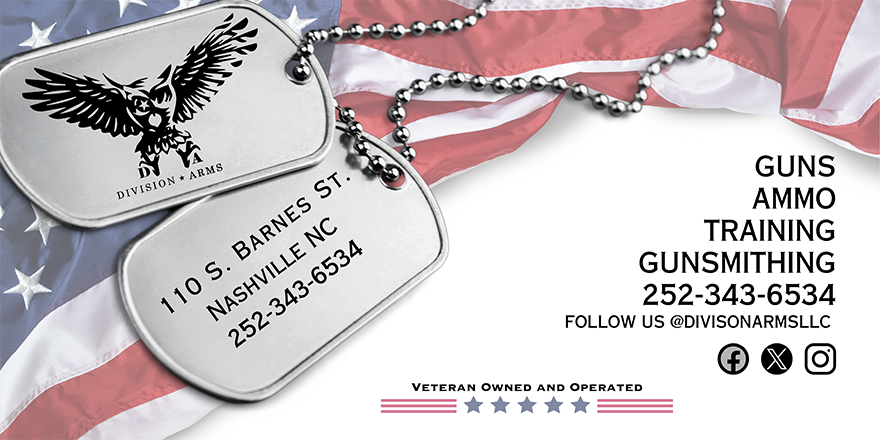I've been shooting Leatherhead coated 220gr 300blk bullets and was using around 7.2gr of Lil'gun to get me to the 1000-1050 fps range. Well I've decided to shoot some 220gr Hornady Interlock RN I had which is an almost cylindrical bullet that probably has a lot of land bearing surface but I still was amazed that it took a full 2.0 gr more of powder to get these things up to the same velocity range, yes, 9.2 gr. I know copper jackets generate more drag than coated lead but is this amount of charge weight difference commonplace or does it seem excessive?
Last edited:

